What’s the perfect time to give your lawn its first cut? We found out from the experts
The optimal time to mow your grass after winter
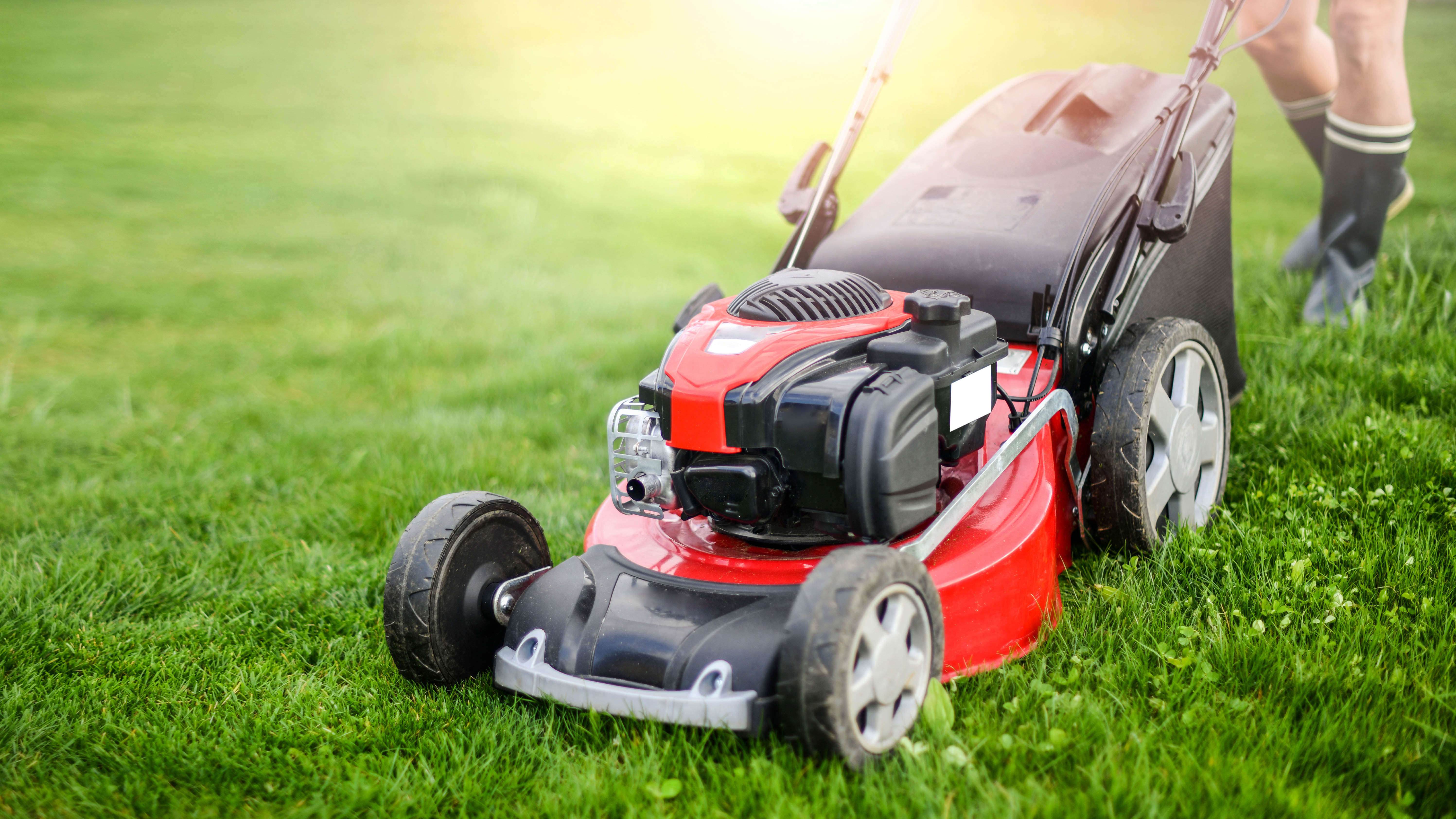
The sun has started showing its cheery face, and it’s got me wondering — when is the best time to bring my lawnmower out of storage and give my grass its first cut of the year?
And, although you might think the brighter spring conditions are right to mow your grass, cutting it too early can damage its chance for optimal growth.
I asked lawn and landscaping experts for their top tips to ensure we all get the timing right for the first cut of the year, so we can encourage a healthy lawn without making any common lawn care mistakes.
Slow and steady this robot lawnmower provide a consistently clean and accurate cut every time without breaking the bank. Plus, it gained a 4.5 star rating when reviewed at Tom's Guide, cutting up to 0.25 acres without the need to plant separate perimeter wires, as it uses AI to assist with mapping.
When can I give my lawn its first cut?
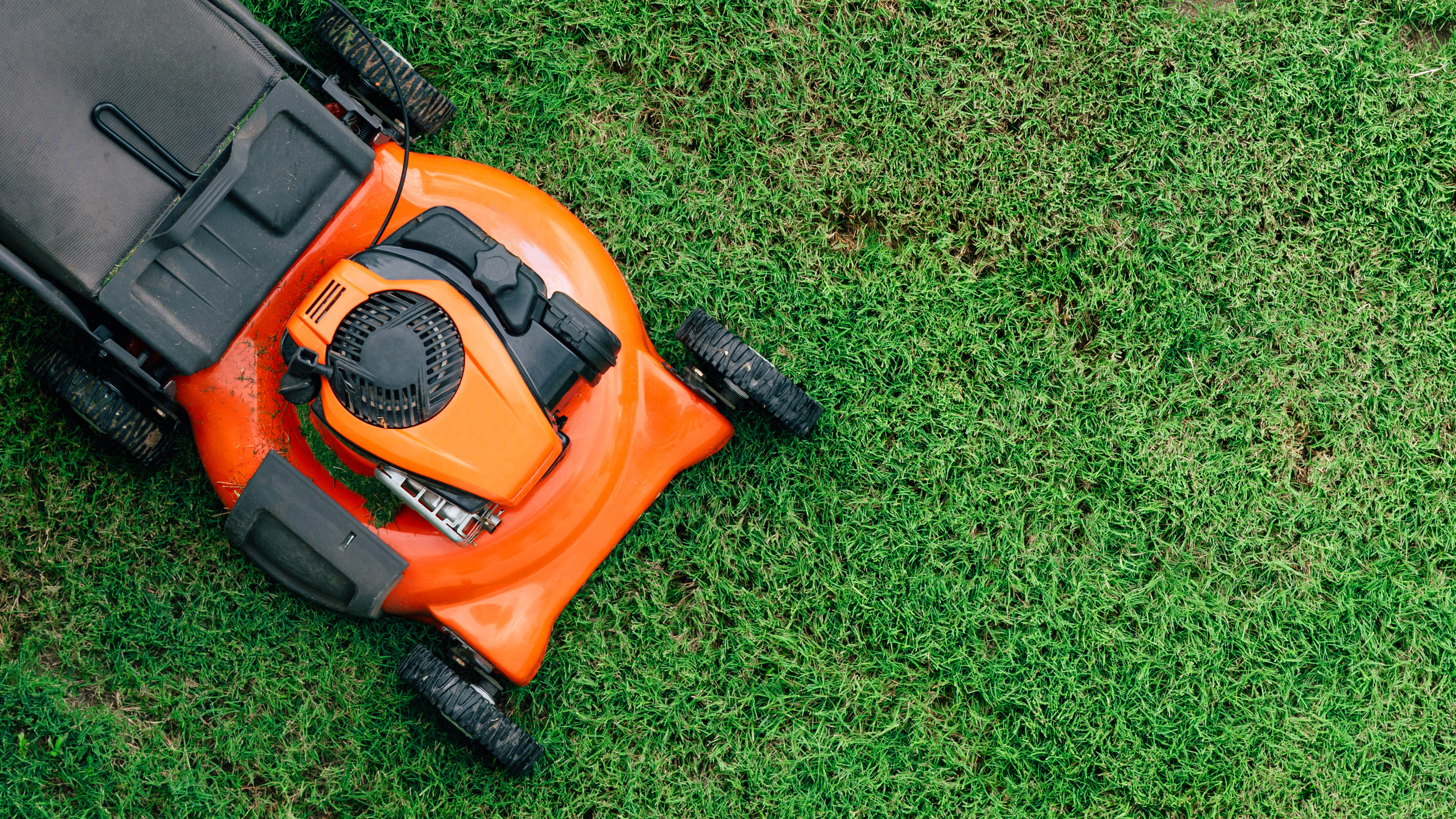
Unfortunately, there’s not one specific date that’s the best time to cut your lawn for the first time this year — it depends on several factors. Although, as a guide, it should be ready to cut between late March and mid-April.
So, what factors should you consider before cutting your grass for the first time?
Eduard Negodenko, landscaping expert and gardener at Avanti Landscaping explains, “The timing of the first cut for lawns will depend on geography, climate conditions, and types of grasses grown.”
He explains, “Mowing for cool-season grasses, such as Kentucky bluegrass and fescue, will be ideal in early spring between late March and mid-April when temperatures regularly exceed 50°F (10°C). For warm-season grasses, such as Bermuda or Zoysia, the first cuts will be done in mid to late spring when temperatures reach approximately 65°F (18°C).”
Sign up to get the BEST of Tom's Guide direct to your inbox.
Get instant access to breaking news, the hottest reviews, great deals and helpful tips.
Here's the key ways to test your own lawn and see if it's time to give it a trim:
Take a walk
As a rule of thumb, Ross Hulstein, owner of Enviroscapes, says, “If the grass looks alive and dry, then it is already ready to mow, so try just walking on the lawn. If you can walk on it calmly without feeling dampness under your feet, and the green cover looks lush enough, you can pick up the mower.”
Check the length of your grass
You can also get a clue by checking out the length of the blades. Ward Gilmore, founder and head landscape designer at Petrus Landscaping says, “Keep an eye out for that first flush of vibrant green grass in the spring. The grass should get to around 3 to 4 inches fairly quickly once things start to warm up, which is the best time to give it its first cut.”
Inspect the color of your lawn
A uniform green color is another must to look out for before grabbing your mower. “Large brown patches appearing dormant are an indication that you should postpone mowing to alleviate stress on the weaker turf,” says Negodenko.
What if you cut your grass at the wrong time?
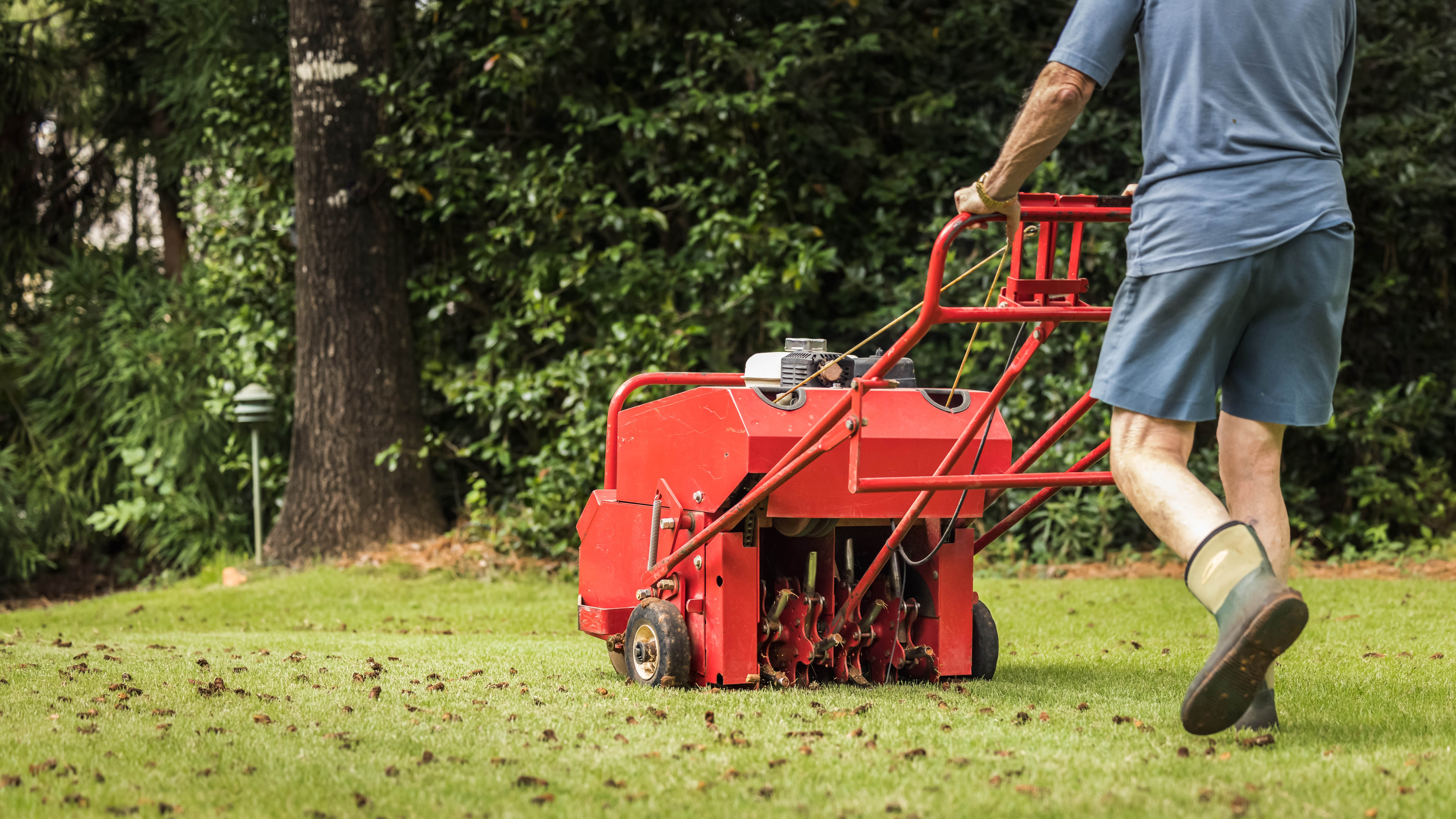
If you get the timing wrong and cut your lawn too early after dormancy, Negodenko warns that your grass may go into shock and won’t produce the vigorous growth you’d hoped for.
And if you cut it while it’s still dormant, the British Garden Centres organization says it will “stress the blades, weaken grass roots, encourage thatch buildup, and prompt weed growth.”
Avoid mowing your lawn in wet conditions
It’s best to postpone mowing your lawn if the soil is wet and mushy from spring rain. Negodenko explains that if you mow your lawn when the soil is wet, “compaction will set in, restricting root development and possibly resulting in patchy or weak areas later in the season.”
Gilmore also advises against cutting your lawn when the grass is wet: “Mowing wet grass can leave clumps of grass throughout your lawn, which can create burn patches as it sits in the sun," he says.
"Cutting a wet lawn also causes rough cuts on your lawn which may stress out the blades and leave yellow tips.”
Tips on cutting your lawn for the first time
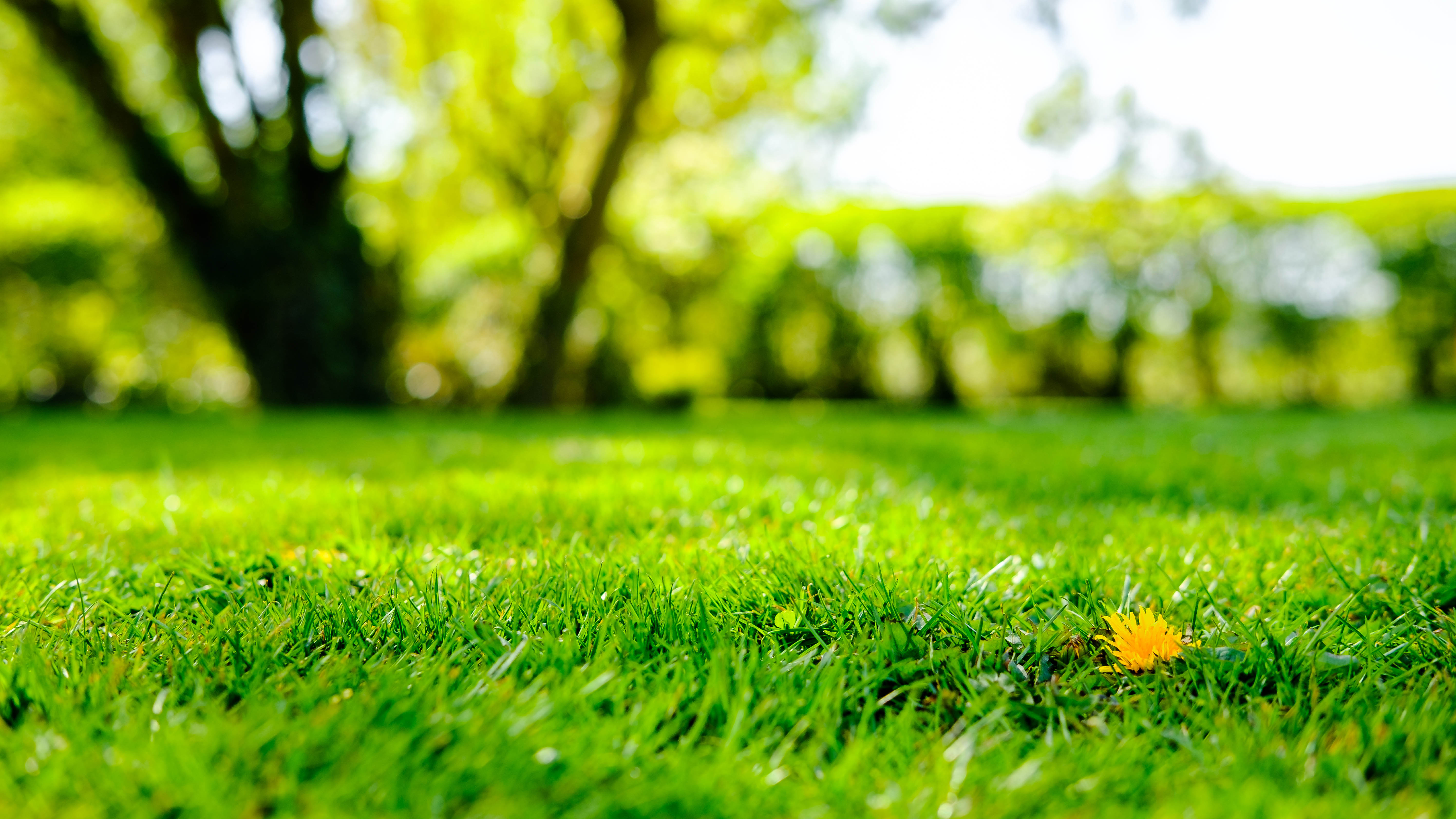
It’s best to be cautious when cutting your lawn for the first time in the spring, with our experts agreeing that you shouldn’t remove more than one-third of the grass blades.
Fiona Jenkins, gardening expert at My Job Quote says, “If you cut the grass too close, this will stress the grass and could cause shallow roots, which could result in your lawn being more susceptible to diseases, drought, and bare patches.”
So, to avoid cutting too much off your grass, Gilmore recommends keeping your lawnmower on its highest setting during the first cut. Another essential is to ensure that your lawnmower blades are sharp, as otherwise you can be left with ragged grass that is prone to infection.
What time of day should you cut your lawn?
You don’t need to be up with the lark to give your lawn its first cut; it’s best to wait until the dew has cleared around mid-morning.
When to cut your lawn again
Once you’ve completed your first mow, you can cut your lawn again in two weeks. You can repeat this until the summer arrives, when your lawn will be growing faster and appreciate a weekly mow.
Jenkins says that regular maintenance cuts will keep your lawn looking neat and ensure that it thrives into summer, adding, “Regular moving also helps to eliminate weeds and will encourage denser ground.”
What’s more, instead of keeping your mower blade on the highest setting, you can lower it during subsequent cuts.
What you should avoid doing after cutting your lawn
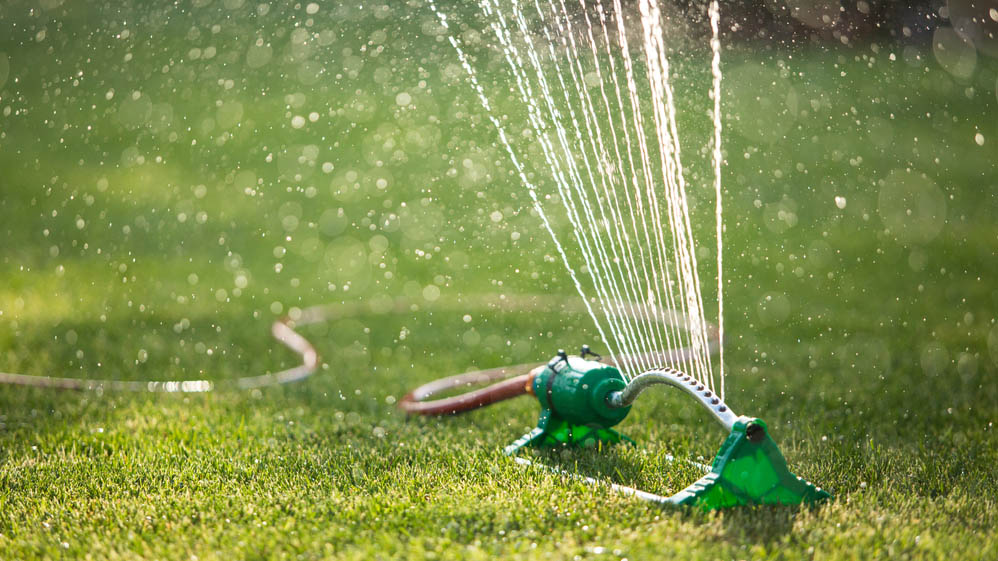
Although you might need to quench your thirst after cutting your lawn, unless you have a robot lawnmower to help you out, your grass is happy to wait.
“You only need to give your lawn water when it needs moisture,” says Gilmore, “When you do water your lawn, it’s best to do it earlier in the day. Water late in the evening won’t give it time to dry out, and this could lead to fungal problems.”
Overwatering can cause more harm than good and lead to short roots rather than healthy long roots, which will help the grass thrive.
Extra lawn care to consider
Spring is also a good time to fertilize your grass to give it the nutrients it needs to create a luscious lawn ready for summer.
And, if the soil appears compacted, aerating your lawn will improve oxygen and nutrient absorption.
More for Tom's Guide

Camilla Sharman has worked in publishing and marketing for over 30 years and has covered a wide range of sectors within the business and consumer industries both as a feature, content, and freelance writer.
As a business journalist, Camilla has researched articles for many different sectors from the jewellery industry to finance and tech, charities, and the arts. Whatever she’s covered, she enjoys delving deep and learning the ins and out of different topics, then conveying her research within engaging content that informs the reader. In her spare time, when she’s not in her kitchen experimenting with a new recipe, you’ll find her keeping fit at the gym. In the pool, stretching at a yoga class, or on a spin bike, exercise is her escape time. She also loves the great outdoors and if she’s not pottering about in her garden, she’ll be jumping on her bike for a gentle cycle ride.
You must confirm your public display name before commenting
Please logout and then login again, you will then be prompted to enter your display name.

